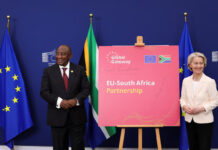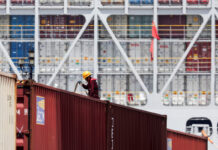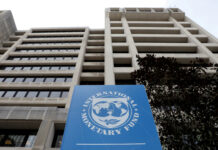Nike has announced that it will raise prices on a range of its products starting June 1, a move the company attributes to seasonal planning amid growing global trade tensions. The increases will affect a broad spectrum of its offerings, including footwear, apparel, and equipment.
According to the sportswear giant, most shoes currently priced above $100 will see price hikes of up to $10. Clothing and equipment items will also experience increases between $2 and $10. However, Nike confirmed that its popular Air Force 1 trainers, items under $100, children’s products, and Jordan-branded apparel and accessories will be exempt from the changes.
A spokesperson stated, “We regularly evaluate our business and make pricing adjustments as part of our seasonal planning.” Although Nike did not directly reference ongoing trade policies, the timing coincides with increasing pressure on multinational companies navigating the uncertain terrain of U.S. tariffs.
Last month, rival brand Adidas warned that tariffs imposed by the Trump administration could lead to increased prices in the U.S. for popular models like the Gazelle and Samba. With a 90-day pause on new “reciprocal tariffs” set to expire in early July, firms such as Nike face mounting pressure to adjust.
Nike, which manufactures most of its footwear in Asia, including Vietnam, Indonesia, and China, has been particularly exposed to U.S. tariffs, with import taxes on goods from these countries ranging from 32% to 54%.
In a strategic shift, Nike also revealed it will resume direct product sales to Amazon in the U.S. for the first time since 2019. The company had previously pulled back to focus on its own e-commerce platform and retail stores but now appears to be expanding its distribution channels amid softening demand.
Despite remaining a dominant player in the North American market, Nike has recently faced declining sales, limiting its ability to maintain premium pricing. Analysts suggest that the combination of internal review and external market pressures has forced the brand to reconsider both pricing and distribution strategies.
As global trade negotiations continue, consumer prices may remain volatile, especially for brands heavily reliant on international manufacturing and U.S. sales.
Written By Rodney Mbua

















